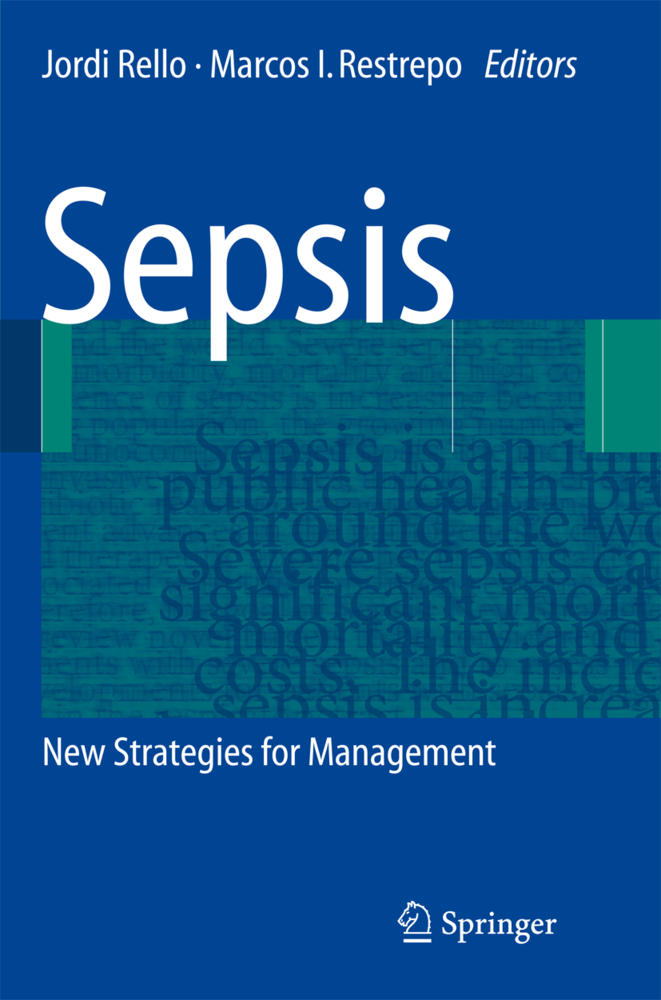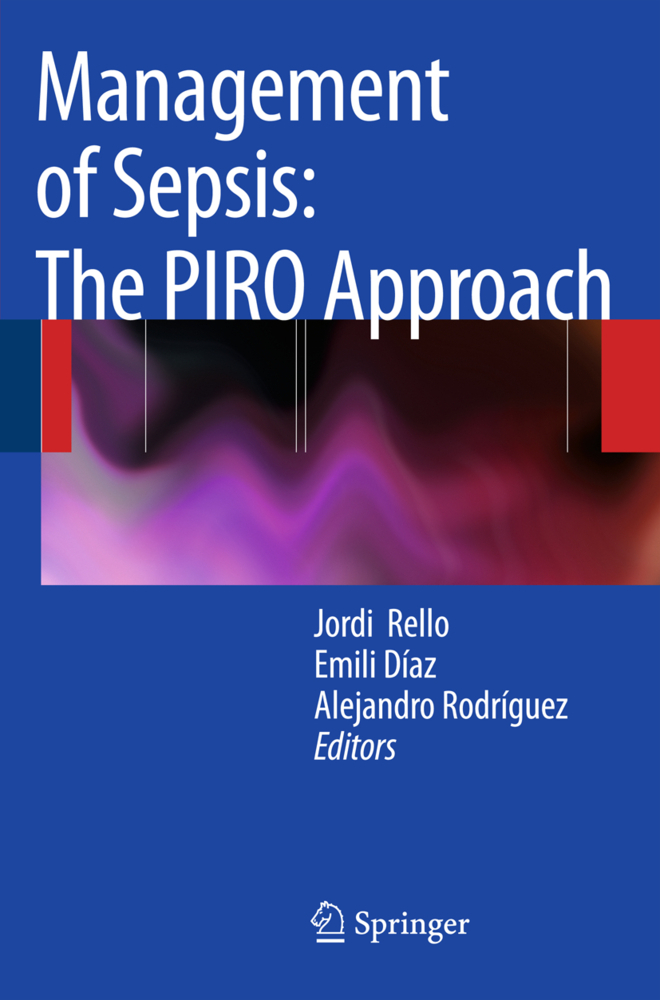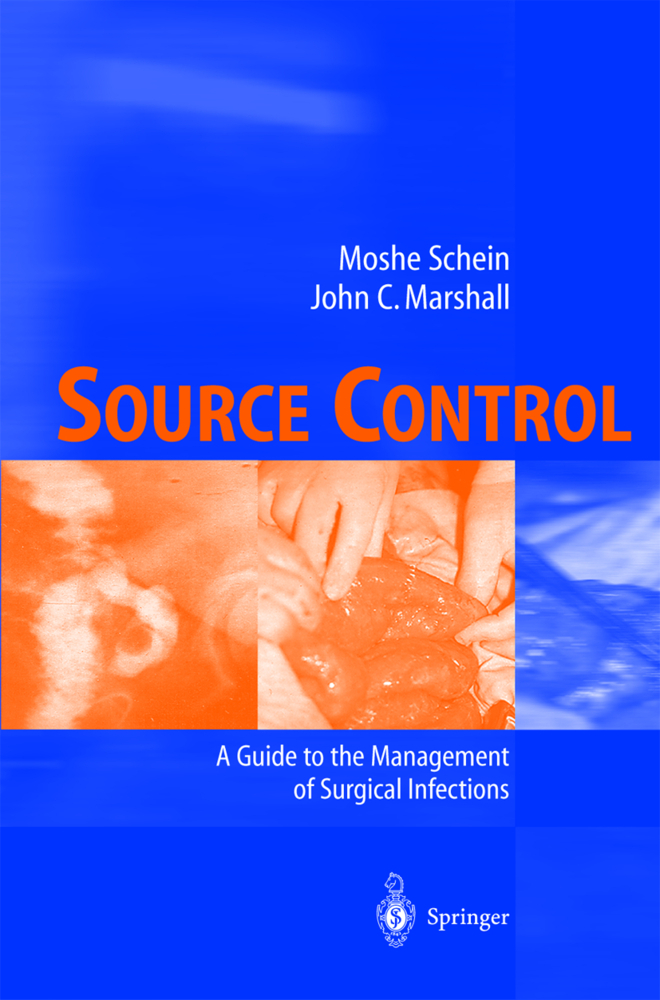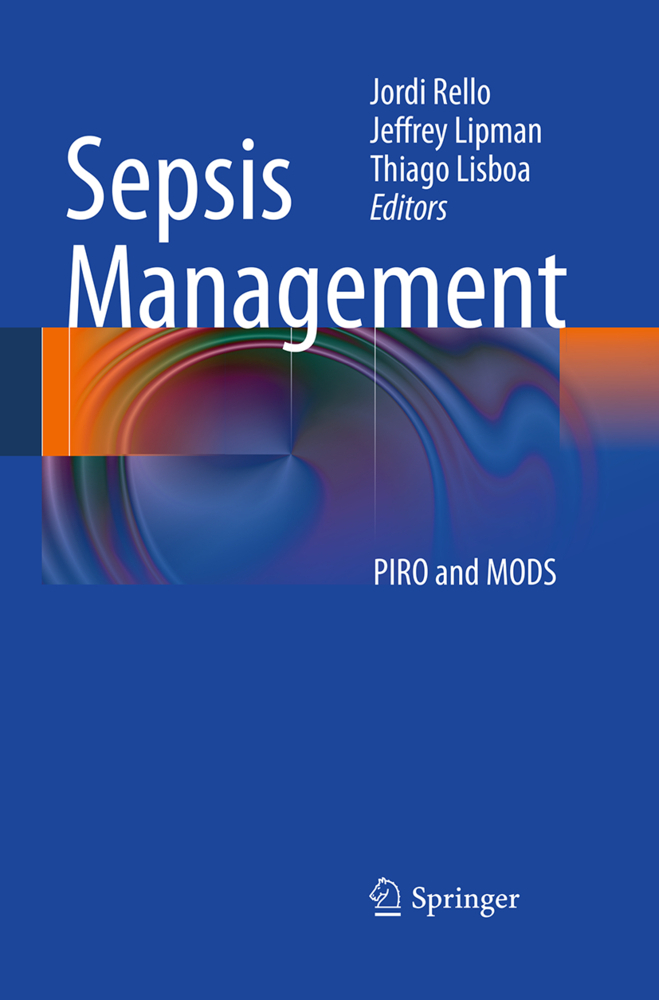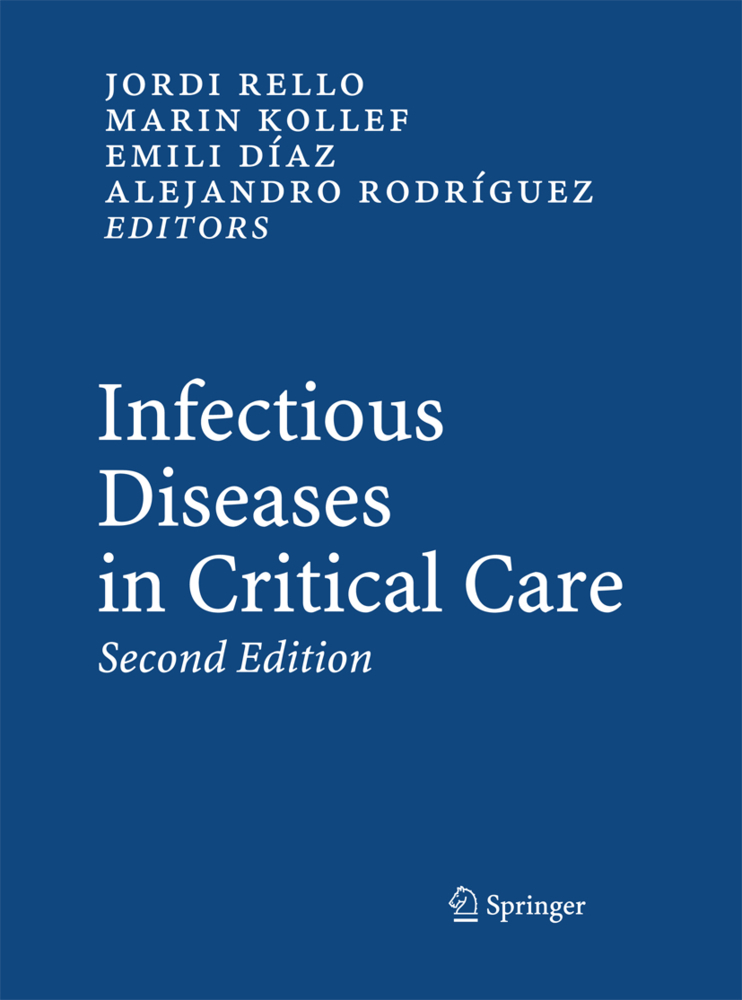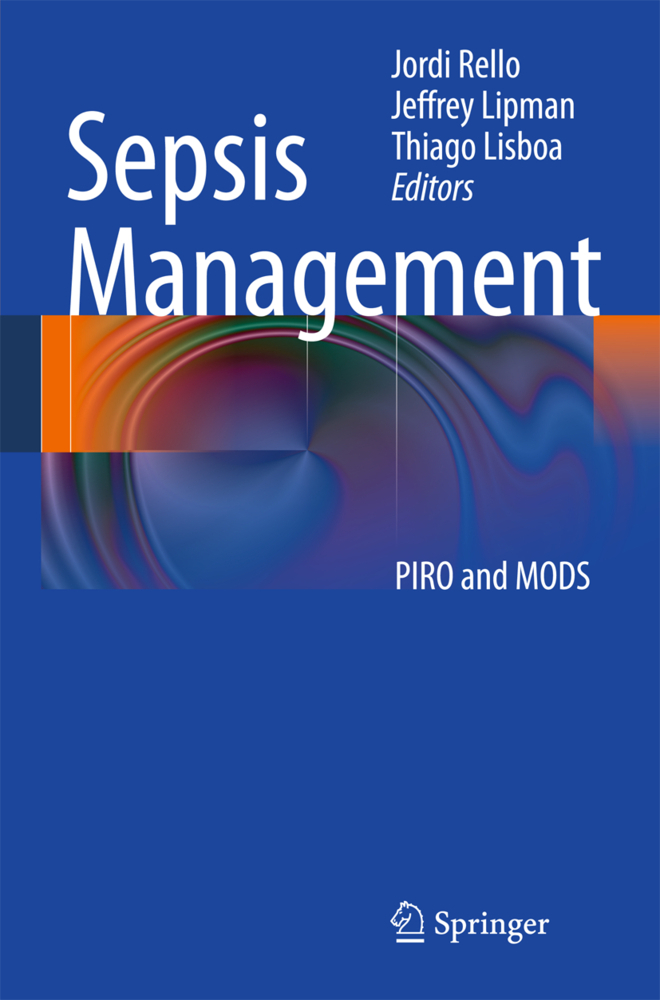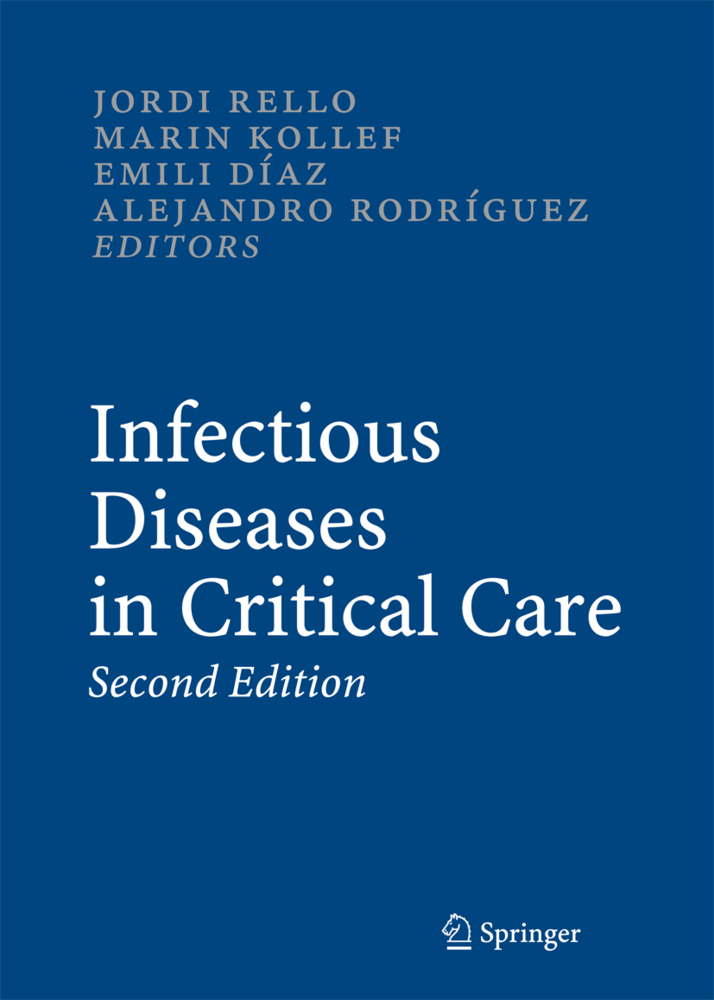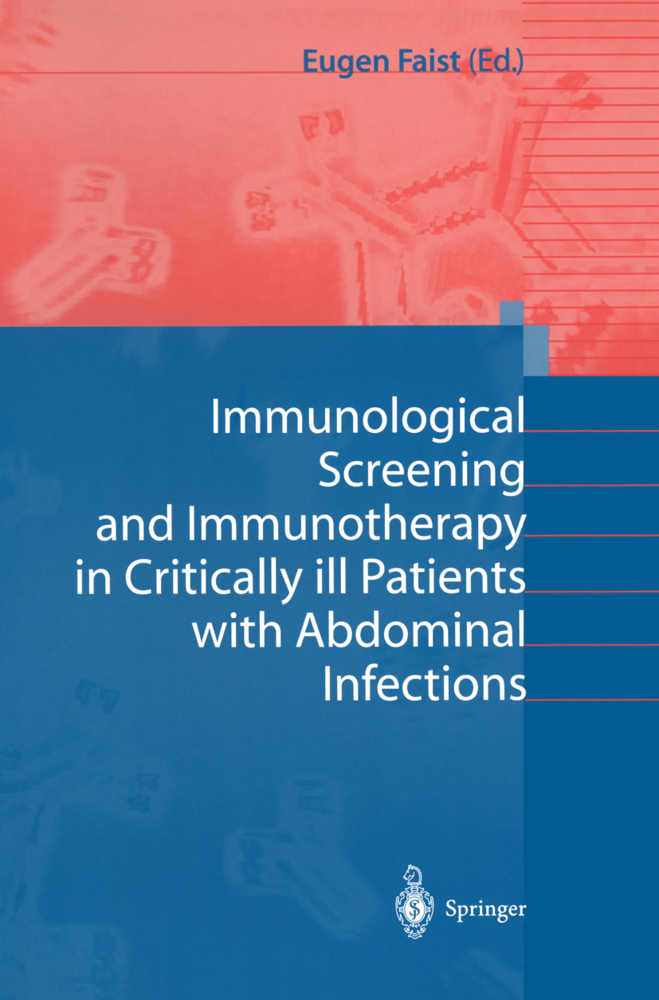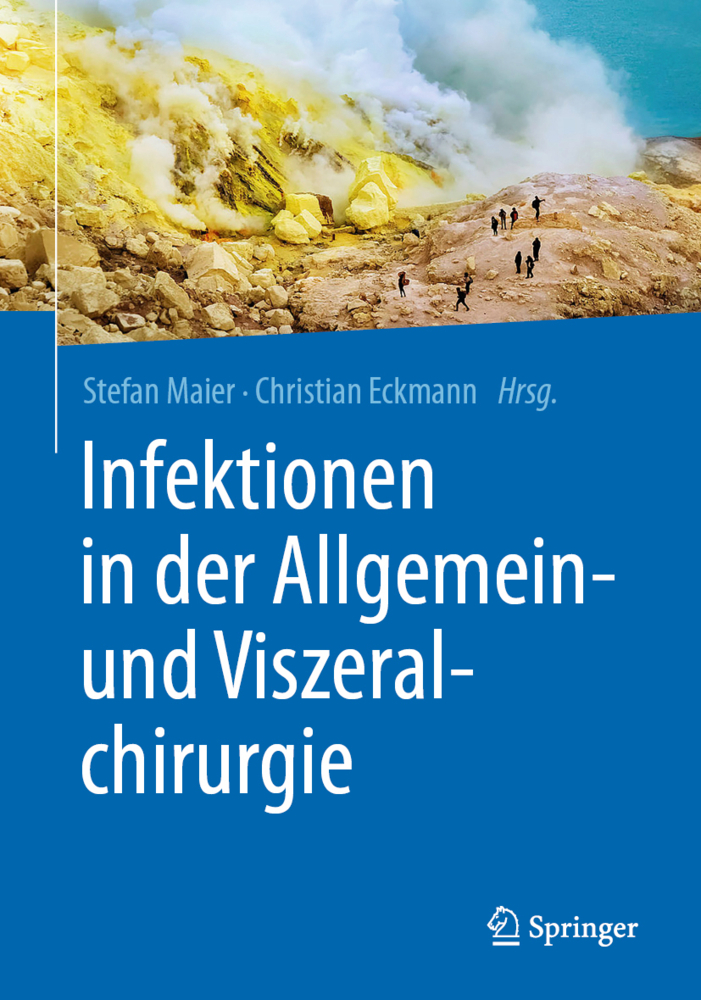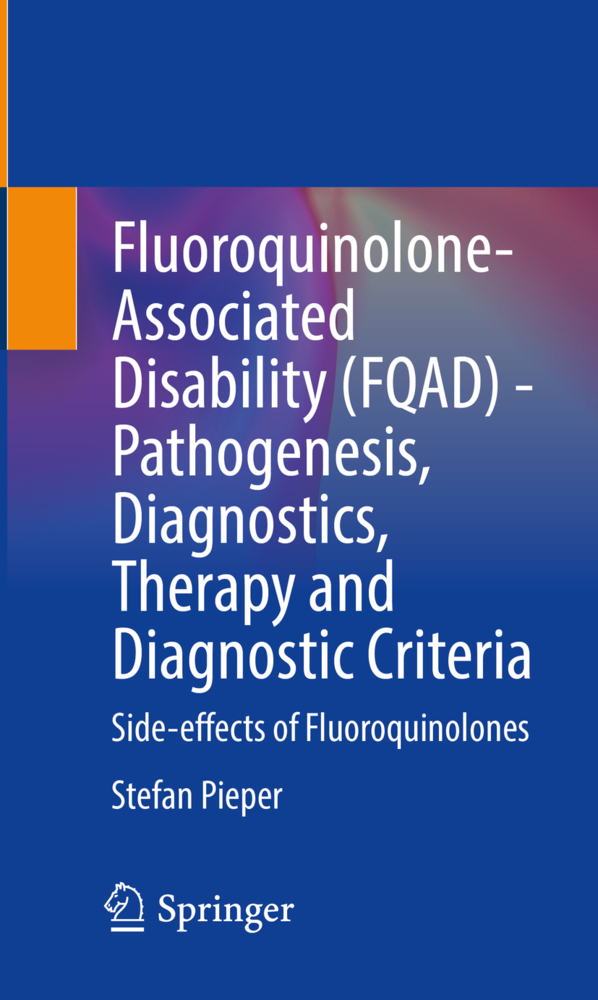Sepsis is an important public health problem around the world. Severe sepsis carries significant morbidity, mortality and high costs. The incidence of sepsis is increasing because of the aging population, the growing number of immunocompromised hosts, the increasing use of invasive procedures, and, to a lesser extent, antibiotic resistance among pathogens. Despite recent advances in the pathogenesis, diagnosis, and therapeutic approaches the mortality rate associated with this condition remains high. Therefore, the goal of Sepsis: New Strategies is to review novel targets to be considered in patients with severe sepsis and to assess new developments for patients with sepsis originating in the respiratory tract.
1;Preface;5 2;Contents;7 3;Contributors;9 4;Chapter 1 Macrolides in Severe Community-Acquired Pneumonia and Sepsis;12 4.1;1.1 Introduction;12 4.2;1.2 Immunomodulation in Sepsis;14 4.3;1.3 Macrolides as Immunomodulators;15 4.4;1.4 Laboratory Evidence;15 4.5;1.5 Experimental Evidence;16 4.6;1.6 Clinical Evidence;17 4.7;1.7 Conclusion;22 5;Chapter 2 The Potential Role of Statins in Severe Sepsis;30 5.1;2.1 Introduction;30 5.2;2.2 Statins;31 5.3;2.3 Observational Studies;32 5.4;2.4 Conclusion;35 6;Chapter 3 The Genetics of Sepsis: The Promise, the Progress and the Pitfalls;40 6.1;3.1 Introduction;40 6.2;3.2 Basic Genetic Terminology;41 6.3;3.3 Studies of Genetic Influence on the Inflammatory Response;42 6.4;3.4 Problems with Genetic Studies in Sepsis;48 6.5;3.5 Summary;49 7;Chapter 4 Corticoids in Severe Pneumonia;56 7.1;4.1 Introduction;56 7.2;4.2 Inflammatory Response Associated with Pneumonia;56 7.3;4.3 Glucocorticoids and Inflammatory Response;57 7.4;4.4 Role of Glucocorticoids in Severe Pneumonia;58 7.5;4.5 Pending Questions;60 7.6;4.6 Conclusions;61 8;Chapter 5 Aging, Inflammation, and Pneumococcal Disease;64 8.1;5.1 Introduction;64 8.2;5.2 Bacterial Pathogenesis;66 8.3;5.3 Inflammation Increases Susceptibility to IPD;69 8.4;5.4 Age-Related Defects in Immune Function;73 8.5;5.5 Anti-inflammatory Drugs as Therapeutics;74 8.6;5.6 Summary;75 9;Chapter 6 Nonspecific Removal of Sepsis Mediators;80 9.1;6.1 Introduction;80 9.2;6.2 Why a Nonspecific Approach?;81 9.3;6.3 Continuous Renal Replacement Therapy;82 9.4;6.4 CRRT and Cytokine Removal;83 9.5;6.5 CRRT in Sepsis;85 9.6;6.6 Ultrafiltrate Dose;85 9.7;6.7 When CRRT Should Begin?;87 9.8;6.8 Membrane and Pore Size;88 9.9;6.9 Other Therapies;89 9.10;6.10 Plasmapheresis;90 9.11;6.11 Adsorption Techniques;90 9.12;6.12 Coupled Plasma Filtration Adsorption;90 9.13;6.13 Conclusion;91 10;Chapter 7 Optimal Antibiotic Use in Severe Community-Acquired Pneumonia;96 10.1;7.1 Introduction;96 10.2;7.2 Antibiotic Therapy: New Concepts;97 10.3;7.3 Management of SCAP;98 11;Chapter 8 Dose Adjustment and Pharmacodynamic Considerations for Antibiotics in Severe Sepsis and Septic Shock;108 11.1;8.1 Introduction;108 11.2;8.2 Applied Clinical Pharmacology;108 11.3;8.3 Kill Characteristics of Different Antibiotic Classes;110 11.4;8.4 Sepsis;115 11.5;8.5 Duration of Antibiotic Therapy for Critically Ill Patients with Sepsis;119 11.6;8.6 Implications of Under-dosing in Sepsis;119 11.7;8.7 Antibiotic Classes;120 11.8;8.8 PK/PD Modelling;132 11.9;8.9 Conclusion;133 12;References;133 13;Index;148
Rello, Jordi
Restrepo, Marcos I.
| ISBN | 9783540790013 |
|---|---|
| Artikelnummer | 9783540790013 |
| Medientyp | E-Book - PDF |
| Auflage | 2. Aufl. |
| Copyrightjahr | 2008 |
| Verlag | Springer-Verlag |
| Umfang | 142 Seiten |
| Kopierschutz | Digitales Wasserzeichen |

